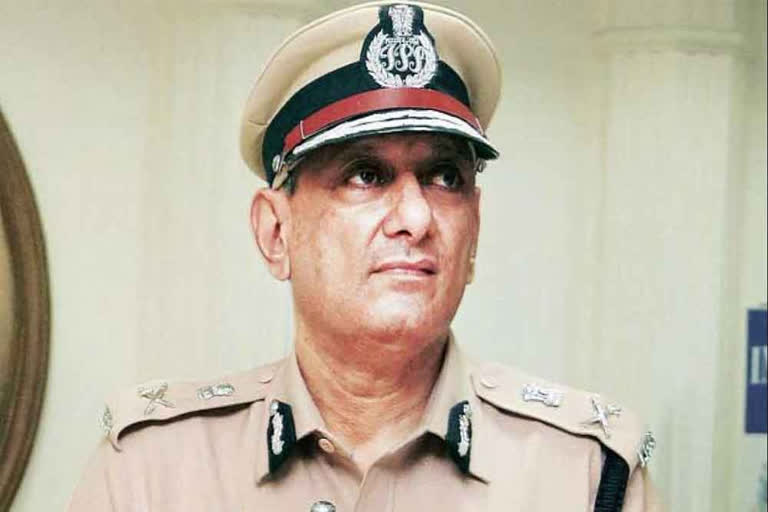New Delhi: The Mumbai police had detailed intelligence on a plot to kill music baron Gulshan Kumar, down to the name of the underworld don whose gang had been assigned the task, and did all it could to protect him but the appearance of the UP Police upset the equation, former Maharashtra DGP Rakesh Maria writes in his memoir.
It began with a telephone call in the early hours of April 22, 1997.
"Sir, Gulshan Kumar ka wicket girne wala hai (Sir, Gulshan Kumar is about to be assassinated)," the voice on the other end said.
Who is the wicket taker, Maria asked.
"Abu Salem, saab. Usne apne shooters ke saath sab plan nakki kiya hai. Gulshan Kumar roz subah gharse nikalke pehle ek Shiv mandir jata hai. Wahin pe kaam khatam karne wale hain. (Abu Salem is the one planning to kill Gulshan Kumar. He has finalised the plan with his shooters. The first thing that Gulshan Kumasr does in the morning after leaving home each day is to go to a nearby Shiv temple. That is where they are going to bump him off)," the informant replied.
At daybreak, Maria writes in "Let Me Say It Now", he called film producer-director Mahesh Bhatt and asked him whether he knew Gulshan Kumar and whether he was aware that he visited a Shiv temple every morning. Maria also told Bhatt the reason he was asking.
Bhatt called back after a while to confirm the information.
"Then I told Bhatt that I would be briefing the Crime Branch and he must tell Gulshan Kumar not to stir out of the house till the Crime Branch had got in touch with him and made arrangements for his safety," Maria, at the time Assistant Inspector General (Law and Order, and Crime) as a Staff Officer to the DGP, Arvind Inamdar, writes.
"I then called up the Crime Branch and gave them details furnished by my informant. The Crime Branch then extended the requisite protection to Gulshan Kumar.
"Therefore, it came as a big shock to me when on 12 August 1997, I received a call that conveyed the news of Gulshan Kumar's murder, in the manner that it had been described," Maria writes.
It transpired that a contingent of the UP Police had begun providing security to Gulshan Kumar as he had a cassette factory in Noida. The protection provided by the Mumbai police was, therefore, withdrawn.
"Somewhere down the line, routine and apathy could have set in, as it often happens in prolonged watch and ward duties," Maria writes.
He also passed on information to the Crime Branch in late 1966 of a plan to kill trade union leader Datta Samat, who hit the headlines in the 1980s when he led a bruising strike that led to the closure of some 80 mills and rendered nearly 250,000 workers jobless in what was then India's textile hub.
On January 16, 1997, Maria received news that Datta Samat had been shot dead. He also got a call from RS Sharma, the Joint (CP) Crime, to get in touch with the investigating team "to see if I could throw more light on the matter and assist them in the investigation."
Maria doesn't say whether or not he did, but he does write: "My junior officers...used to joke that I was a foreteller of doom!"
(IANS)
Also Read: 26/11: After Maria's ''Hindu terror'' claim, BJP MLA seeks fresh probe



